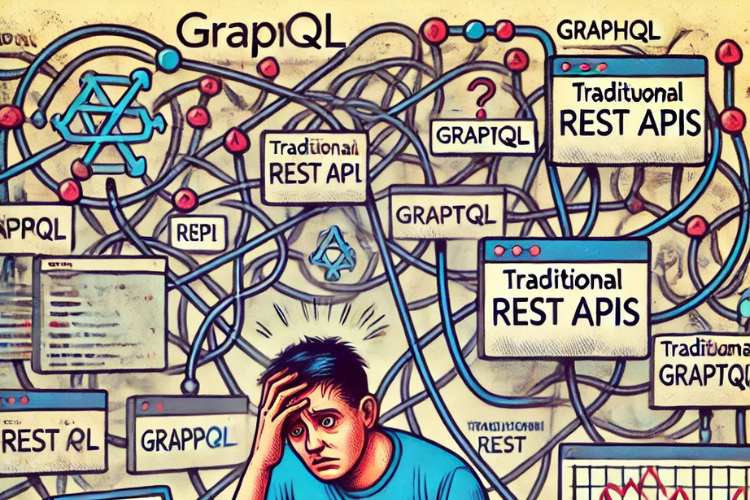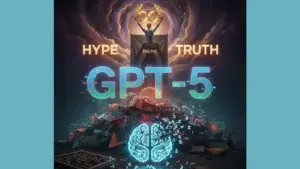Introduction
Technology evolves rapidly, but not every trend stands the test of time. Some innovations promise to revolutionize industries but fail due to limitations, overhype, or better alternatives. This blog explores tech trends that didn’t age well and the lessons they offer. Understanding past failures can help businesses and developers make better decisions in the future.
1. No-Code: A Recurring False Promise
No-code platforms claim to replace developers, but reality tells a different story. Tools like Zapier and Airtable are useful, but full-scale systems need actual coding. Many businesses invest in no-code solutions only to hire developers later to fix them. The more automated the system, the more manual interventions it requires. No-code is great for simple applications, but it can’t handle complex, scalable projects. Additionally, businesses often face limitations when trying to integrate these solutions with existing systems, leading to inefficiencies.
2. Java Applets & Flash: The Internet’s Worst Nightmares
Java applets once powered interactive web applications, but they were slow and full of runtime errors. Flash followed a similar path, turning websites into security risks. With HTML5 and modern frameworks, these outdated technologies became obsolete. Websites today prioritize speed, security, and user experience. The lesson? Avoid tech that needs constant updates just to function. Many companies that relied on Flash had to rebuild their entire platforms once it was phased out, proving that dependency on unstable technologies can be costly in the long run.
3. SOAP vs. REST: The Great API Evolution
SOAP (Simple Object Access Protocol) was anything but simple. Debugging and integrating it was a nightmare. REST and JSON replaced SOAP because they are faster, easier to use, and more adaptable. The shift from SOAP to REST shows how flexibility and simplicity win in software development. Developers appreciate REST’s lightweight nature, making it ideal for modern web applications and microservices.
4. NoSQL vs. SQL: The Database Battle That Wasn’t
NoSQL was once hailed as the SQL killer. While NoSQL databases like MongoDB work well for specific needs, SQL remains the backbone of enterprise applications. Structured data, relationships, and reliability make SQL indispensable. Instead of replacing SQL, NoSQL found a niche alongside it. The key takeaway? New doesn’t always mean better—it just means different. Many companies tried migrating to NoSQL only to revert to SQL later due to data integrity issues.
5. Web on Blockchain: A Solution Without a Problem
Blockchain technology is powerful but not suited for everything. Some envisioned a decentralized web powered by blockchain, but it failed to gain traction. The complexity and inefficiency outweighed any benefits. While blockchain works well for cryptocurrencies and secure transactions, it’s not practical for hosting websites or everyday applications. The computing power required for blockchain-based applications also makes it less scalable for widespread adoption.
6. Drag-and-Drop Coding: Simplicity That Fails
Drag-and-drop website builders claim to eliminate the need for coding. Tools like Dreamweaver and modern equivalents generate messy, unmaintainable code. Businesses that rely on these solutions often need developers later to rebuild their sites. Drag-and-drop tools work for quick prototypes but fail for scalable projects. Custom code remains essential for professional development. Many startups that initially use these tools for MVPs eventually need to transition to more robust, scalable solutions.
7. Extreme Programming: Collaboration Overload
Extreme Programming (XP) emphasized constant collaboration, with pair programming at its core. While teamwork is important, forcing two developers to write every line of code together proved inefficient. Rigid rules made XP unsustainable for most teams. The takeaway? Balance is crucial—collaboration should enhance productivity, not hinder it. Many teams found XP overwhelming, leading to burnout and inefficiencies in development workflows.
8. Design Patterns: Overuse and Misapplication
The “Gang of Four” design patterns became popular, but developers began forcing patterns into projects unnecessarily. Instead of solving problems, excessive use made code bloated and harder to maintain. Good software design focuses on clarity and simplicity. Patterns should be tools, not rigid rules. The lesson here is that blindly following trends without understanding their purpose can do more harm than good.
9. Microsoft Silverlight: A Doomed Experiment
Silverlight was Microsoft’s answer to Flash, but it faced the same issues—plugin dependencies and security flaws. As browsers advanced, plugin-based web technologies became obsolete. Microsoft eventually abandoned Silverlight, proving that relying on proprietary, short-lived technologies is risky. Businesses that built applications on Silverlight had to undergo costly migrations once support ended.
10. GraphQL: Overcomplication in Data Fetching
GraphQL promised efficient data fetching, but it introduced new security and complexity challenges. Unlike REST, GraphQL queries can be difficult to optimize and secure. While it has its advantages, most developers stick with REST for its simplicity and reliability. Not every innovation needs to replace an existing standard. Many organizations that adopted GraphQL eventually reverted to REST due to performance bottlenecks and security concerns.

11. Big Data: Hype vs. Practical Use
Big data was marketed as the solution to all problems. Companies rushed to adopt Hadoop and similar tools, even when they weren’t necessary. While big data paved the way for AI advancements, many projects didn’t need massive datasets. The lesson? Use the right tool for the job, not just the trendiest one. Many businesses spent millions on big data infrastructure only to realize they didn’t need it, leading to massive financial losses.
12. AI Hype: Reality vs. Expectations
Every decade, AI resurfaces as the ultimate solution, but reality always checks the hype. AI tools like ChatGPT assist developers, but they don’t replace them. Automation helps, but human expertise remains crucial. Instead of expecting AI to replace jobs, businesses should focus on how AI can enhance productivity. While AI-driven solutions continue to grow, they should be seen as complementary tools rather than full replacements for skilled professionals.
Conclusion
Technology evolves, and with it comes a cycle of overhyped trends that fail to deliver. Some innovations fade, while others find their place alongside existing solutions. The key lesson? Focus on practicality and adaptability rather than jumping on every new trend. By learning from past failures, we can make smarter tech decisions in the future. Platforms like StartupHakk provide valuable insights into the tech landscape, helping businesses and developers stay ahead of trends that truly matter. Staying informed and making well-researched choices is the best way to navigate the ever-changing tech world.




